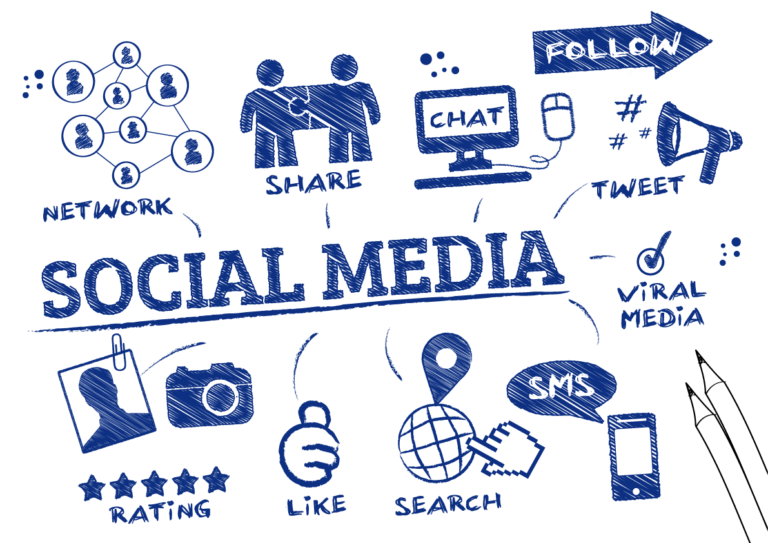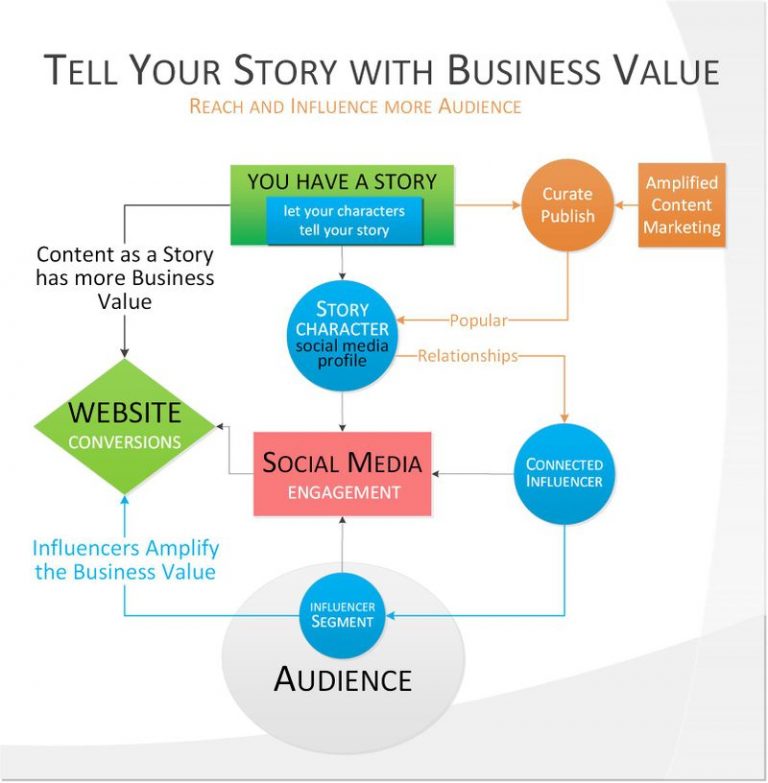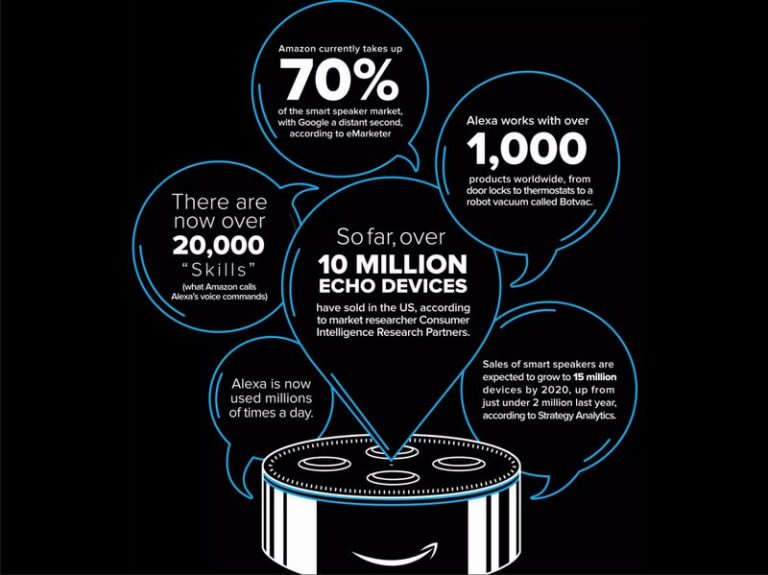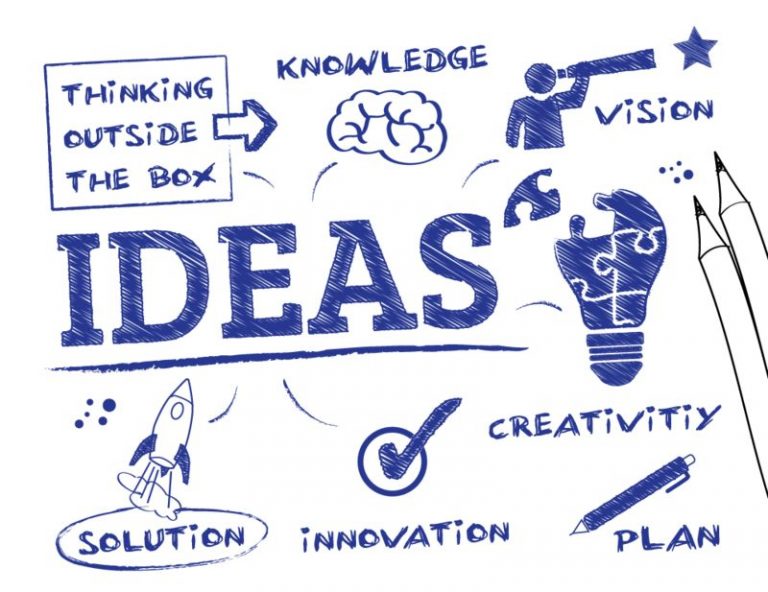Across industries, businesses are now tech and data companies. The sooner they grasp and live that, the quicker they will meet their customer needs and expectations, create more business value and grow. It is increasingly important to reimagine business and use digital technologies to create new business processes, cultures, customer experiences and opportunities. Read more
CTA
Social media Best posting times
Social media marketing centers around getting the attention of your present and prospective customers. What is the best time to post on social media? “The best time to post on social media is when your customers (both present and prospective) are online”. When to post on Social Media in 2020 Social media eCommerce trends indicate […]
Attracting Audience Attention
How to Attract an Audience with Creating Captivating Content To be successful, every business has to tell its stories. These days, such stories are usually told through posting content online in blogs, articles and social media. But just pushing content onto the web is meaningless if it doesn’t interest the audience. In an […]
We May Be Driving and Living in Alexa’s World
Why We May Soon Be Driving and Living in Alexa’s World Unless Google or Apple’s will say I do! Amazon’s voice assistant has wormed herself into our lives, and into much of the culture beyond, When Amazon unveiled Alexa three and a half years ago, it was roundly jeered. Now, against all expectations, even […]
Tips from the Top Ten Inspirational Books
Tips from Ten Inspirational Books Find Your Element by Ken Robinson Start With Why by Simon Sinek Purple Cow by Seth Godin Tipping Point by Malcolm Gladwell Getting Things Done by David Allen The Seven Habits Of Highly Effective People by Stephen Covey The 4-Hour Workweek by Tim Ferriss The Innovator’s Dilemma by Clayton Christensen […]





